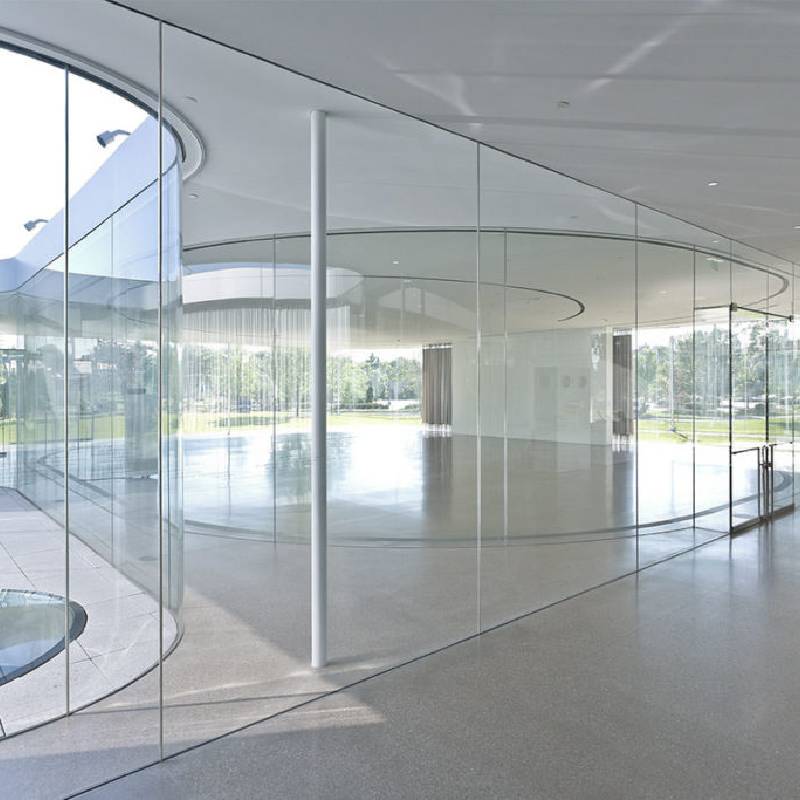

Understanding the Prices of Tinted Glass Factors and Trends
Tinted glass has become an increasingly popular choice for both residential and commercial applications in recent years. Known for its ability to reduce glare, enhance privacy, and block harmful UV rays, tinted glass provides a myriad of benefits. However, as with any product, the price of tinted glass can vary significantly based on a range of factors. In this article, we will explore the elements influencing tinted glass prices and the trends shaping the industry.
Factors Influencing Tinted Glass Prices
1. Types of Tinting Techniques There are several methods for applying tint to glass, including dyeing, laminating, and coating. Each method has its unique production process, which can affect cost. For example, laminated tinted glass is generally more expensive due to the complexity of its manufacturing process compared to standard tinted glass that is simply dyed.
2. Material Quality The type and quality of the glass itself play a crucial role in pricing. High-grade optical glass will typically come at a premium compared to standard glass. Additionally, the thickness of the glass can influence the price, with thicker panes often being more costly due to their durability and insulation properties.
3. UV and Solar Control Features Advanced tinted glass products often come with features that enhance their ability to block UV rays and reduce solar heat gain. These specialized features can increase the cost of the glass, but they also provide added benefits that justify the higher price for many consumers.
4. Custom vs. Standard Sizes Standard-sized tinted glass is generally more affordable because it can be mass-produced. Custom sizes, particularly large or uniquely shaped panes, will incur additional costs due to the need for specialized cutting and fabrication.
5. Brand and Manufacturer Just like any other consumer product, branded tinted glass often comes with a higher price tag. Well-known manufacturers that have built a reputation for quality and reliability may charge more for their products compared to lesser-known brands.

6. Installation Costs The price of tinted glass does not end with the purchase. Installation costs can vary significantly depending on the complexity of the installation. Factors such as location, accessibility, and the need for special equipment can all contribute to higher installation expenses.
Current Market Trends
The tinted glass market is experiencing notable trends that are influencing prices and consumer choice. First, there is an increasing demand for energy-efficient products. As energy costs continue to rise, consumers and businesses are more inclined to invest in tinted glass that can help reduce energy consumption by maintaining cooler indoor temperatures.
Another significant trend is the growing popularity of smart glass technology. Smart glass can change its tint in response to environmental factors, providing enhanced comfort and energy efficiency. Although this technology is generally more expensive upfront, its long-term savings on energy bills can make it a worthwhile investment.
The aesthetic appeal of tinted glass also plays a significant role in its popularity. Homeowners and businesses alike are increasingly using tinted glass as a design element, which has led to a rise in demand for a variety of color options and finishes. This demand can drive prices higher as manufacturers expand their product lines to meet consumer preferences.
Conclusion
Determining the price of tinted glass involves considering a multitude of factors, from the type of tinting technique and material quality to installation costs and market trends. As consumers become more energy-conscious and style-savvy, the market for tinted glass will likely continue to grow, potentially influencing prices in various directions. For those contemplating an investment in tinted glass, understanding these dynamics will be crucial to making informed decisions that balance cost with value. Investing in quality tinted glass can lead to long-term benefits in energy savings, UV protection, and aesthetic enhancement, making it a wise choice for many property owners.